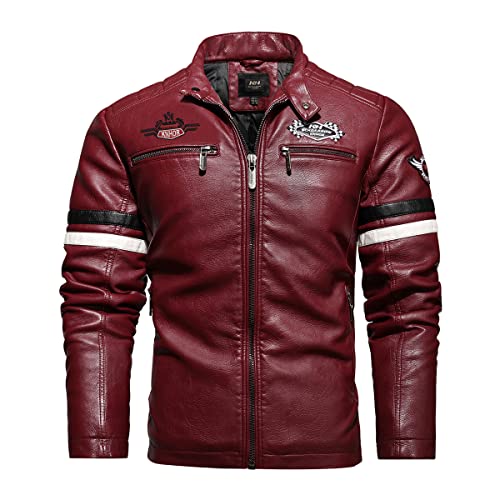OK, so I finally installed mine on my '06A this week - took the bike on the road (can you say ROAD TRIP") and am now in a hotel room in Worcester, MA, on my way to Skyline Drive, BRP, Deals Gap and the Cherahola Skyway. While the road to Virginia doesn't run through Boston, this was the closest DDD restaurant on my waypoint list and I just HAD to try one of these - the food was just OK (I had the dish that Guy Fieri raved about - a Macaroni/beef dish they call American Chop Suey), but the people at the Red Arrow are amazingly friendly - I had left my sport bag tied to the passenger seat and was watcing the bike through a window and they insisted I move it behind the restaurant where they could keep an eye on it while I was there!!
It took me 5 hours to install from start to finish. Believe me, I wasted a LOT of time during the project. Wiring was run neatly. Power and ground come from my underseat fuse block.
I put the servo behind the coolant pipe in the engine compartment. I put the vacume canister I got from Murph under the passenger seat, tie-wrapped to the cross brace.
The ONLY items I needed that weren't included in the kit were
- a 6 foot length of vacume hose (purchased from NAPA for about $2),
- clear silicone seal to waterproof the control pad,
- a relay (because I am anal about the brake lead interface),
- some tie wraps and
- new gaskets for the coolant pipe.
It was infinitely simpler for me to pull the fuel rail to drill the tab - it is really a LOT simpler than it looks. There are a lot of plugs and stuff to pull - and yes, I did drop one of the spacers 'down there'. My grabber tool got it back for me. I opted to connect the bead chain to the tang using a cotter pin . . . I used the one in the kit and I am not certain it is 'strong enough' for the long haul, but I am prepared to go back in with a larger one if it pulls free. So far so good, mind you.
I took ONE vacume feed - I set the cruise at 85 mph today and rode up and down hills with the typical +/- 1 mph variance. I have the sensitivity set to medium - I think that if it was simple enough I might try setting the sensitivity to low to see if the variance can be reduced . . . but getting to the DIP switch requires that I pull the coolant pipe (which is a royal pain - because I'd have to remove the left lower cowling to do it because I'd need to refill and bleed the system). So it isn't a serious fault and the cure is worse than the disease, so I'll live with it.
The ride from Montreal to here was almost all with the cruise set and was completely uneventful. Because of how simple it is to implement I popped my GPS-Snitch (tracker) under the seat for an independent record with the provider. The device is set to report every 15 minutes and the ones I checked were pretty much all at 116-118 kph (72 ish mph).
The one I had on my old C10 also tapped a single (in that case) carb and went through some very tall mountains with no hiccups.
It is interesting that the cruise will set even at idle. It's also a kick to tap the accelerate button and raise the idle slightly!! Go figure. I could never get the C10 to properly engage except while underway.

































































